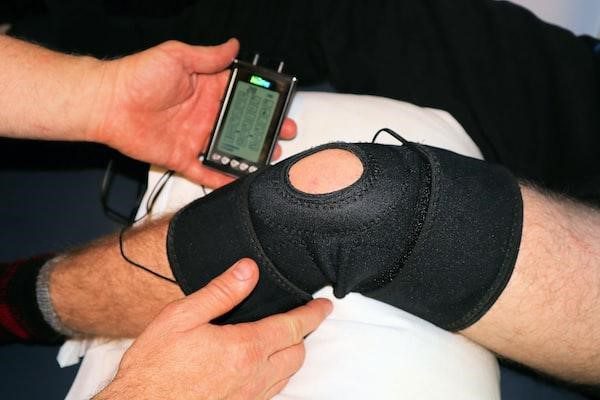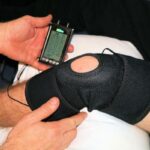None of us want to imagine ourselves being the victim of an injury, but it’s a risk that we all take whenever we leave the house in the morning. Our incredible healthcare ecosystem will be there for you if you need assistance. Many physical injuries and disabilities will necessitate working with a trained professional with accreditation in the specialty of physical therapy or occupational therapy. This may be through as-needed outpatient sessions or by staying in residency at an inpatient program. If you need more information, this blog will teach you everything you need to know about physical therapy and how it can help you recover from an injury.
What is physical therapy?
In its most basic form, physical therapy is a type of rehabilitation that assists people who have been injured or who are living with a disability to regain or improve their movement and function. If you’re experiencing pain or inflammation as a result of your injury, your physical therapist may be able to provide treatments or exercises that minimize the effect they have on your daily life.
PT typically includes a combination of treatments, depending on your individual needs. You will start by having an evaluation with a trained physical therapist, who will put together a treatment plan. They will be able to provide you with a recovery timeline and explain what you can expect to gain, whether that is improved quality of life, better physical strength, or a deeper understanding of your health condition. Sessions can include:
- Manual therapy, including hands-on treatment like massage and manipulation.
- Exercises, typically ones that focus on strength, flexibility, and balance.
- Therapeutic modalities, including treatments like heat, ice, and ultrasound.
- Education and counseling, so you are better able to understand and manage your condition.
Your clinician can talk to you about how your injury will impact you, as well as give you a simple physical therapy education on how their physical therapy services can offer improvement in your symptoms. PT is often supplemented by occupational therapy, which focuses on teaching individuals how to perform everyday activities. These services are covered by most forms of insurance coverage after a referral from your doctor.
How can physical therapy help you recover from an injury?

When you need PT, it will primarily involve having sessions with an experienced physical therapist a few times a week. In addition to your sessions in person with your therapist, you will also be given a set of exercises to complete at home. It’s essential to be consistent and proactive about doing home exercises if you want to receive the maximum benefit from PT. PT is effective in treating many injuries and types of pain, but some of the most common injuries treated with PT are:
- Back pain
- Pelvic pain
- Spinal cord injury
- Fractures
- Amputations
- Heart attacks
- Parkinson’s disease
- Alzheimer’s disease
- Neurologic conditions
- Cerebral palsy
- Brain injury
- Osteoporosis
- Sports injuries
- Arthritis
PT is also prescribed as a part of recovery from many types of surgeries or when recovering from an accident. It is usually used in combination with other elements of a broader treatment plan. Physical therapists typically employ several techniques and therapies to treat each patient. These specialists will also tailor each therapeutic program to the individual’s needs and goals.
Physical therapy is a key component of recovering from injuries or surgery and a part of regaining strength and flexibility for individuals with a disability. While many people have the belief that PT is only used after a major injury, physical therapists actually provide a wide range of services that can assist with a number of health conditions. Rehabilitative care is a crucial lifeline for millions of people, and it can have a long-term positive effect on your mental and physical wellness. Talk to your doctor as soon as possible if you want to find out if PT could be a good addition to your treatment plan.



























